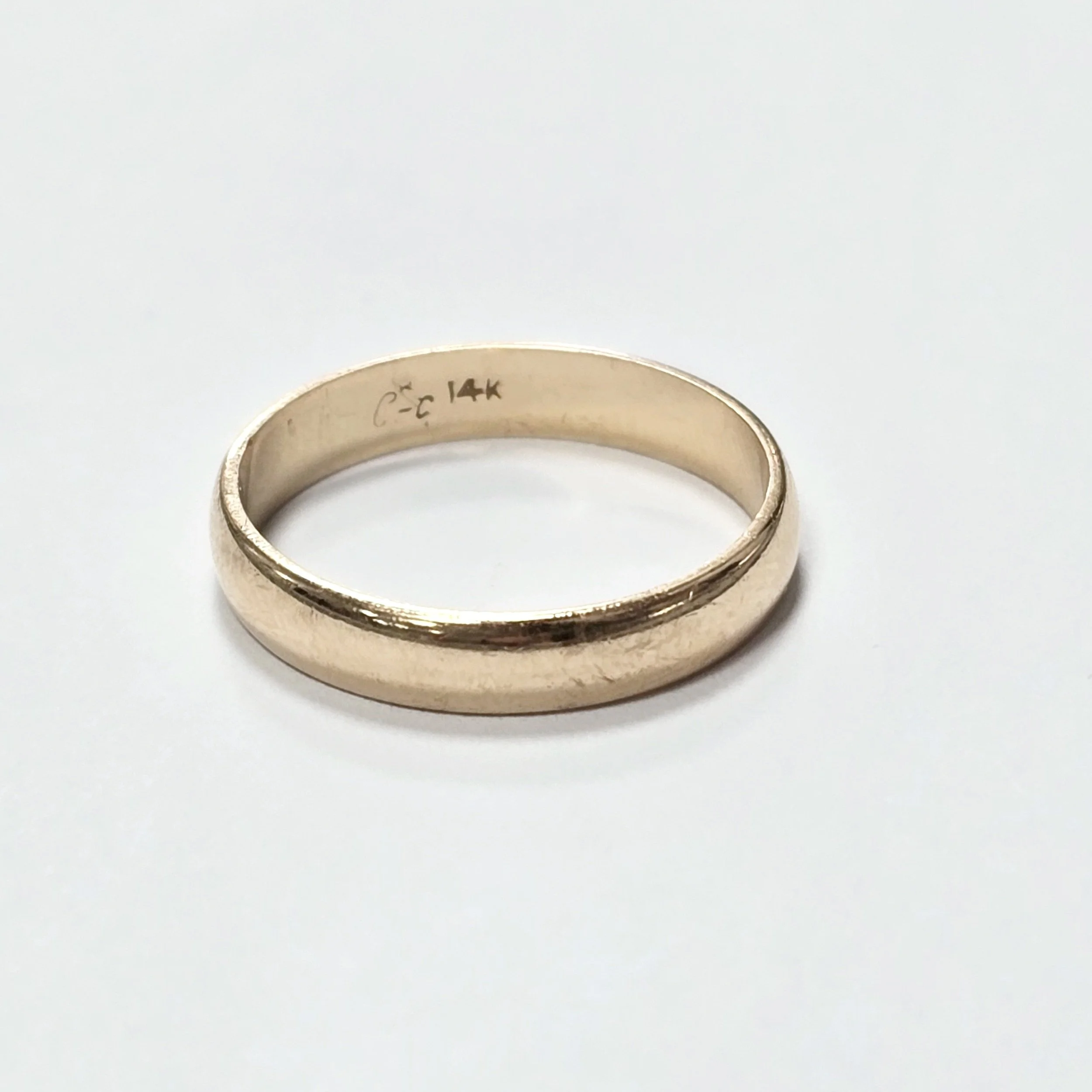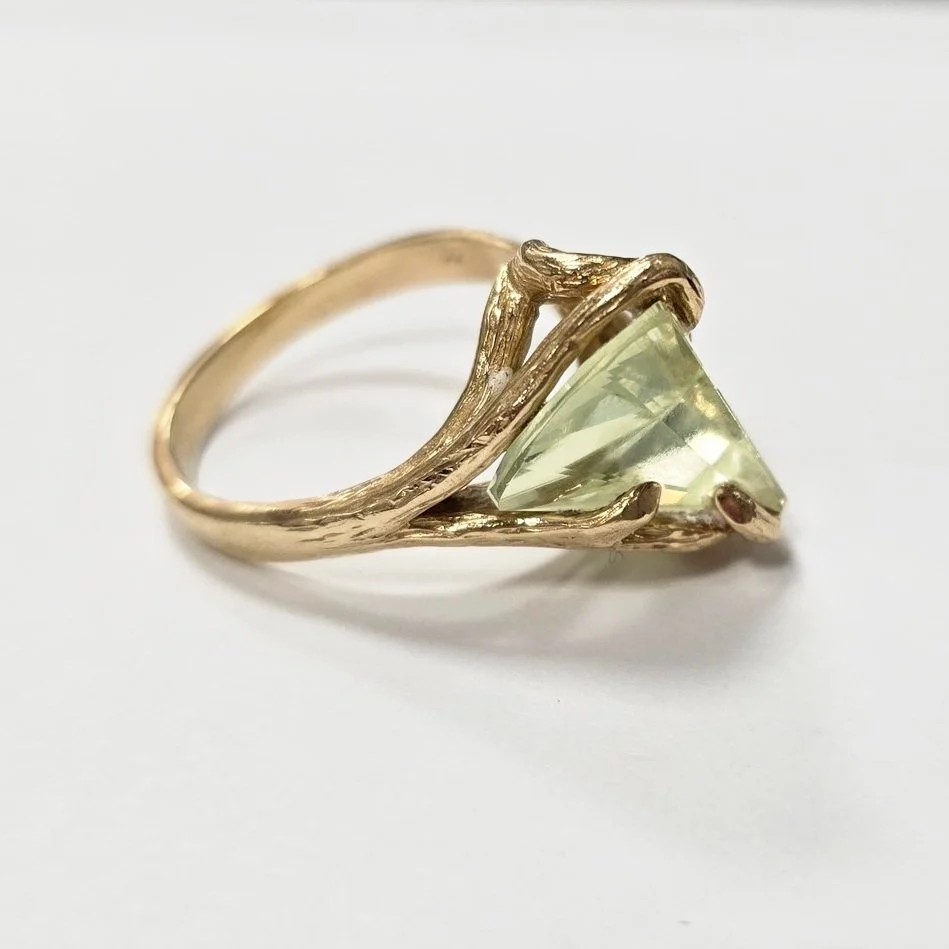Guide to Buying Jewelry with Confidence
This Guide is designed to provide you with some simple tips to help you identify the differences between costume jewelry (Fake or Synthetic) and fine jewelry (Real or Authentic).
BOOKMARK THIS PAGE TO EASILY ACCESS AT ANY TIME

Identifying Precious Metals
When identifying whether a metal is real silver, gold, or platinum, checking for hallmarks or metal stamps is essential.
Gold
Real gold is stamped with purity marks such as "10K," "14K," "18K," or "24K," indicating the karat level, or with numeric codes like "417" (10K), "585" (14K), and "750" (18K), representing parts per thousand of gold content.
Sterling Silver
Genuine silver is commonly marked with "925," meaning it is 92.5% pure sterling silver, or "999" for fine silver, which is nearly pure. Other silver hallmarks include "Sterling," "SS," or "800" for some European silver alloys.
Gold Filled and Gold Plate
Additionally, gold may have markings like "GF" (gold-filled) or "GP" (gold-plated), which indicate a layer of gold over a base metal or sterling silver (Vermeil) rather than solid gold.
Platinum
Platinum is often marked with "PT950" or "950 Plat," meaning it is 95% pure platinum, or similar stamps such as "PT900" for 90% purity. Some platinum pieces also feature "Plat" or "Platinum" stamped on them.
No Marks
If a piece lacks a visible hallmark, further testing methods, such as acid tests, magnet tests, or professional appraisals, can help verify authenticity.

Identifying Diamonds
Some simple ways to identify if a diamond is real or fake
Fog Test – Breathe on the diamond. A real diamond disperses heat quickly and won’t stay foggy, while a fake diamond (like glass or cubic zirconia) will hold the fog for a few seconds.
Water Test – Drop the stone into a glass of water. A real diamond is dense and will sink immediately, while a fake diamond (such as glass or quartz) may float or sink slowly.
Sparkle Test – Hold the stone under light. A real diamond reflects white light (brilliance) and slight rainbow colors (fire), whereas fake diamonds (like cubic zirconia) may sparkle too much with excessive rainbow colors.
Magnification Test – Use a jeweler’s loupe or magnifying glass to inspect the stone. Real diamonds often have tiny inclusions or imperfections, while fake diamonds (especially cubic zirconia or moissanite) may appear too perfect.
UV Light Test – Many real diamonds emit a blue fluorescence under UV light, while most fake stones do not. However, not all real diamonds fluoresce, so this test is not always conclusive.
Newspaper Test – Place the diamond over a newspaper or printed text. If you can clearly read the letters through the stone, it is likely fake. A real diamond’s brilliance and refraction prevent clear readability.
For certainty, take the stone to a professional jeweler who can test it using a diamond tester (which checks thermal or electrical conductivity) or advanced lab equipment.

Identifying Pearls
Some simple ways to identify if a pearl is real or fake
Tooth Test – Gently rub the pearl against the edge of your teeth. Real pearls feel slightly gritty or sandy due to their natural layers of nacre, while fake pearls feel smooth and glassy.
Luster and Surface – Real pearls have a deep, natural luster with slight imperfections on the surface. Fake pearls may appear too shiny, overly smooth, or have a plastic-like sheen.
Weight Test – Real pearls feel slightly heavier for their size, while fake pearls (especially plastic ones) feel lightweight.
Temperature Test – Real pearls feel cool to the touch at first and gradually warm up when worn, whereas fake pearls often feel room temperature immediately.
Drill Hole Inspection – Look at the holes where the pearls are strung. Real pearls have smooth, clean holes, while fake pearls may show chipped edges, excess paint, or peeling coating.
Rubbing Test – Gently rub two pearls together. Real pearls create a slight friction and powdery residue due to their nacre, while fake pearls slide smoothly with no resistance.
Shape and Size Consistency – Real pearls often have slight variations in shape and size, while fake pearls tend to be perfectly uniform.
For confirmation, a jeweler can conduct professional tests using magnification, X-rays, or spectroscopy to verify authenticity.

Identifying Colored Gemstones
Some simple ways to identify if a colored gemstone is real or fake
Look for Inclusions – Real gemstones often have tiny natural inclusions or imperfections, while fake stones (like glass or synthetic gems) are usually too perfect and flawless. Use a magnifying glass to check.
Check the Color – Real gemstones have rich but natural-looking colors, with slight variations. Fake gemstones may look overly vibrant, artificial, or have uniform coloring throughout.
Light Reflection & Sparkle – Hold the gemstone under light. Real gems have a deep, natural brilliance, while fake gems (especially glass) may appear dull or overly flashy.
Weight Test – Real gemstones are generally heavier than glass or plastic fakes of the same size. If the stone feels too light, it may be fake.
Scratch Test – Use a material with a lower hardness (like a steel knife or piece of glass) to gently scratch an inconspicuous part of the gemstone. Real stones (such as sapphires, rubies, and emeralds) are harder and won’t scratch easily, while fake stones may get marked.
Fog Test – Breathe on the gemstone. Real gems will clear up quickly due to their natural heat dissipation, while fake gems (like glass) may hold the fog longer.
UV Light Test – Some gemstones, like rubies and sapphires, fluoresce under UV light. If a stone shows an unusual glow or doesn’t match expectations for that gem type, it could be synthetic or fake.
Price & Certification – If the gemstone is being sold at an unbelievably low price for its size and quality, it may be fake. Always check for a certification from a reputable gemological institute.
For a definitive answer, take the gemstone to a jeweler or gemologist for professional testing using spectroscopy, refractometers, or UV fluorescence analysis







